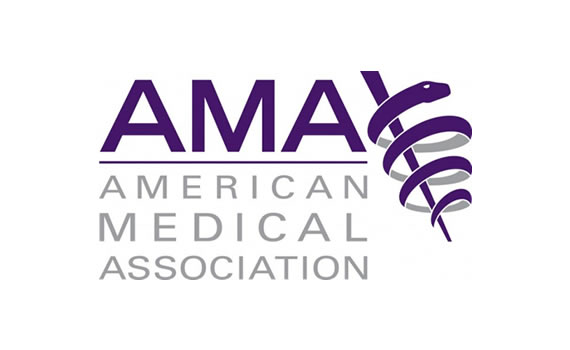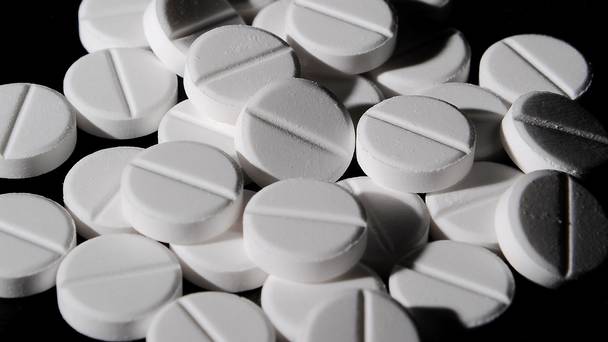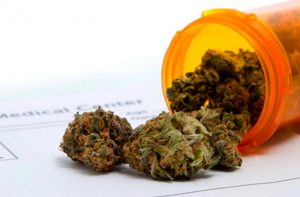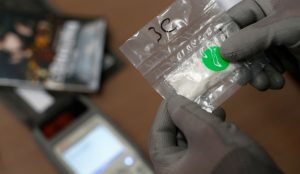No matter the reason, going to court and dealing with legal proceedings can be a headache. It can also feel like a heavy burden especially when courts start issuing requirements such as court ordered drug or alcohol tests. Whether you’re on probation or dealing with child custody, Accredited Drug Testing can make your court ordered drug testing needs painless.
Child Custody Court-Ordered Drug Tests
To protect children, it’s not uncommon for legal parties to seek court-ordered drug tests in cases involving child custody issues. Test results are often used to prove, or disprove, an individual’s fitness as a parent or may be considered to determine initial custody agreements. Other child custody court-ordered drug tests can also be part of an ongoing random drug testing program. Spouses may be requested to submit to one-time-only drug tests, random drug testing over a period of time, or testing prior to visitation rights.
Child custody proceedings can be stressful especially when there are drug or alcohol related testing requirements. Accredited Drug Testing is here to help alleviate that stress with fast, easy drug testing options for all of your child custody needs.
Customized Court-Ordered Drug Testing Requirements
If you’re on probation or going through any form of litigation, depending on your case, the court may require specific drug and alcohol testing requirements. Some drug or alcohol testing requirements may include hair follicle testing for alcohol, or tests that screen for specific drugs with longer detection periods. For example, the court may require a screening that detects drug use during the previous 90 days.
Court-ordered drug tests will also often carry with them stipulations regarding payment for testing services. One party may be responsible for covering the drug-testing expenses, costs may be divided between multiple parties, or a mutual agreement may be made. Whatever the case may be, or no matter the type of screening requirements, Accredited Drug Testing centers are dedicated to accommodating most arrangements.
Court-ordered drug tests should contain detailed instructions specifying the type of test to be administered and the drugs that should be screened for. If sample collection needs to be witnessed to prevent potential tampering or substitution, those specifications will be stated in the court order.
We Specialize in:
- Court Ordered Drug and Alcohol Testing
- Child Custody Court Ordered Drug Testing
- Customized Drug Testing
- Exceptional Customer Service
Accredited Drug Testing, Inc. provides court ordered drug testing which includes drug and alcohol tests that are utilized for a wide variety of court ordered proceedings including probation and other types of government required tests.
Test results can be submitted for a wide variety of court-ordered proceedings including probation hearings, child custody cases, litigation, and all manner of government required tests.
Accredited Drug Testing is able to meet and exceed your needs, for more information regarding our Court Ordered Drug Tests or to schedule an appointment, Call Today 800-221-4291






 Many Floridians are cheering because today is the day that Amendment 2 Is in effect. The future of medical marijuana became more optimistic when
Many Floridians are cheering because today is the day that Amendment 2 Is in effect. The future of medical marijuana became more optimistic when  FMCSA reduced the required drug testing rate in 2016 from 50% to the current 25% of random drug testing for all ‘Safety Sensitive” regulated employees following years of tests yielding positive results at less than 1 percent.
FMCSA reduced the required drug testing rate in 2016 from 50% to the current 25% of random drug testing for all ‘Safety Sensitive” regulated employees following years of tests yielding positive results at less than 1 percent.
 Accredited Drug Testing is pleased to announce the acquisition of American Drug Testing, Inc., a national drug and alcohol testing company, specializing in employment related testing and individuals needing a drug, alcohol or DNA test. Mr. James A. Greer will serve as President/CEO of American Drug Testing, Inc, in addition to continuing as President of Accredited Drug Testing. The company motto
Accredited Drug Testing is pleased to announce the acquisition of American Drug Testing, Inc., a national drug and alcohol testing company, specializing in employment related testing and individuals needing a drug, alcohol or DNA test. Mr. James A. Greer will serve as President/CEO of American Drug Testing, Inc, in addition to continuing as President of Accredited Drug Testing. The company motto NBC news interviews Accredited Drug Testing President / CEO
NBC news interviews Accredited Drug Testing President / CEO  Medical marijuana
Medical marijuana Marijuana activists who hoped the number of US states progressing towards the legalization of medical marijuana would soften the federal stance on the drug faced a setback Thursday as the Drug Enforcement Administration (DEA) announced that itwill keep marijuana illegal for any purpose.
Marijuana activists who hoped the number of US states progressing towards the legalization of medical marijuana would soften the federal stance on the drug faced a setback Thursday as the Drug Enforcement Administration (DEA) announced that itwill keep marijuana illegal for any purpose.  On December 2, 2016, the U.S. Department of Transportation’s (DOT) Federal Motor Carrier Safety Administration (FMCSA) announced a final rule that would establish a National Drug and Alcohol Clearinghouse for commercial truck and bus drivers.
On December 2, 2016, the U.S. Department of Transportation’s (DOT) Federal Motor Carrier Safety Administration (FMCSA) announced a final rule that would establish a National Drug and Alcohol Clearinghouse for commercial truck and bus drivers.  On December 2, 2016, the U.S. Department of Transportation’s (DOT) Federal Motor Carrier Safety Administration (FMCSA) announced a final rule that would establish a National Drug and Alcohol Clearinghouse for commercial truck and bus drivers.
On December 2, 2016, the U.S. Department of Transportation’s (DOT) Federal Motor Carrier Safety Administration (FMCSA) announced a final rule that would establish a National Drug and Alcohol Clearinghouse for commercial truck and bus drivers.